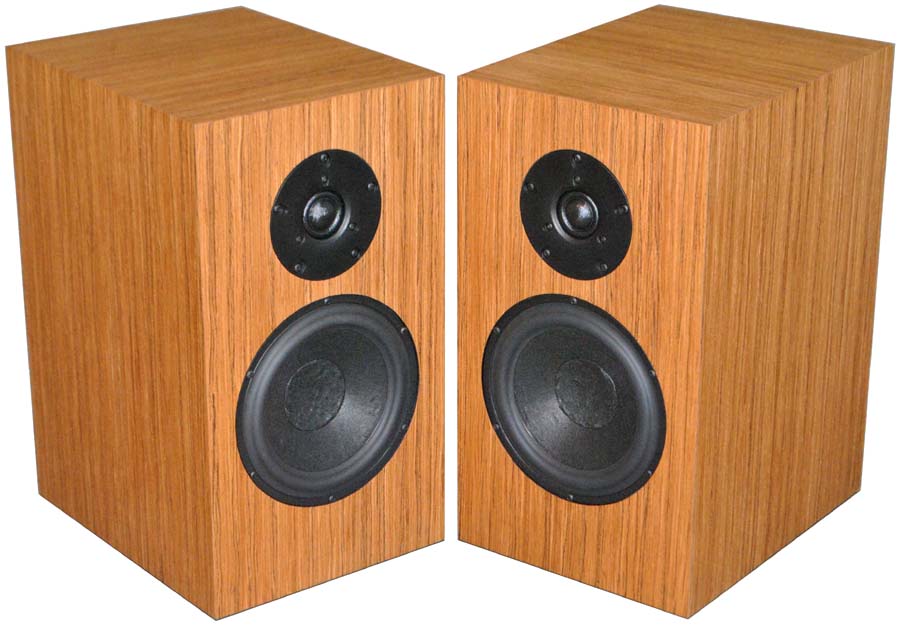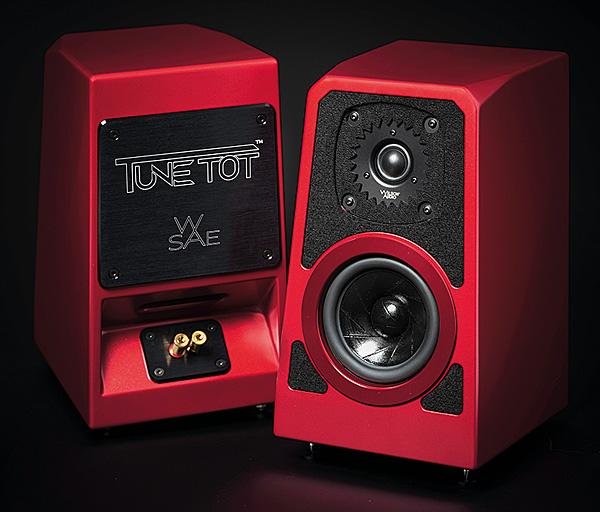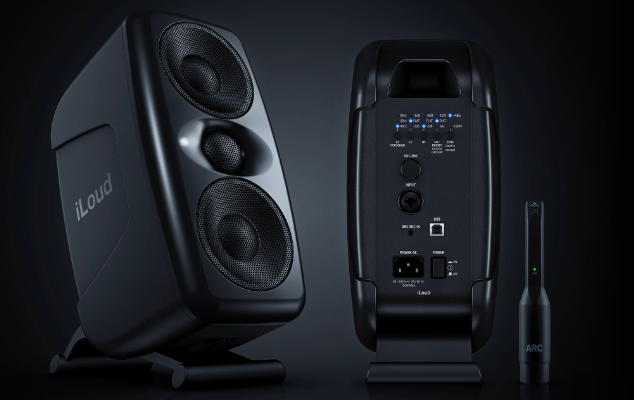I think ASR testing has clearly shown where the future of 2-way Bookshelf speakers the approximate size of the MG1, M16, R162, JBL 530, DBR-62 will be going:
Build the physical box as solid as practical, 5.25 -6.5 woofers as long throw as possible, tweeters that don't break up or with resonances - and waveguides layout etc to give the best possible DI.
Then throw out the fixed analog crossover. Directly bi-amp each driver. Preceed the external (for future service/upgrade) 'quality AB dual amp' (90 + SINAD, no hiss) with a full DSP pre-processor with fully configurable digital XO, shelving, driver leveling, phase, and multiple/8 PEQ per driver.. Controlled by an Android app on your phone
The 70 yo can shelf raise the treble...Someone else might shelve the bass.. Others PEQ distortion points, resonances, port rasping, etc. One - or everything...
Something like the $449 R162 pair plus $500 for the 4-channel amp and pre-processor... Designed and built as a system...not unlike the Genelec 8431. For $1000.
The 'next generation' of active bookshelf speakers.. No Roon EQ necessary. Nor AutoEQ or miniDSP. It's all included. All configurable.
Are we there yet?





